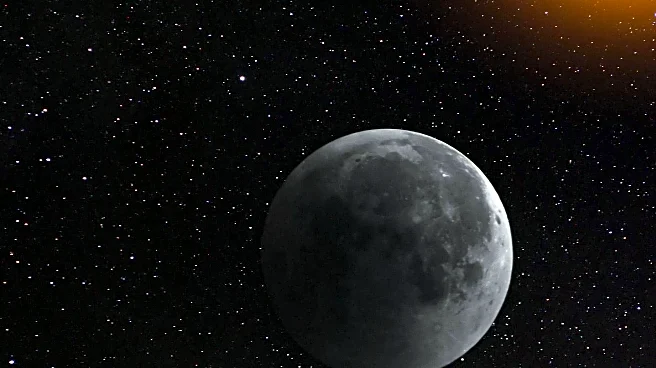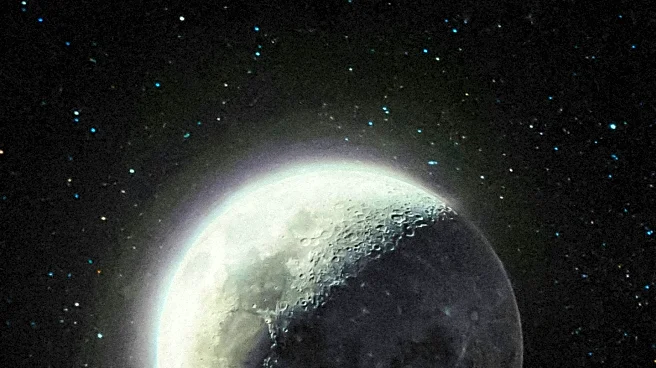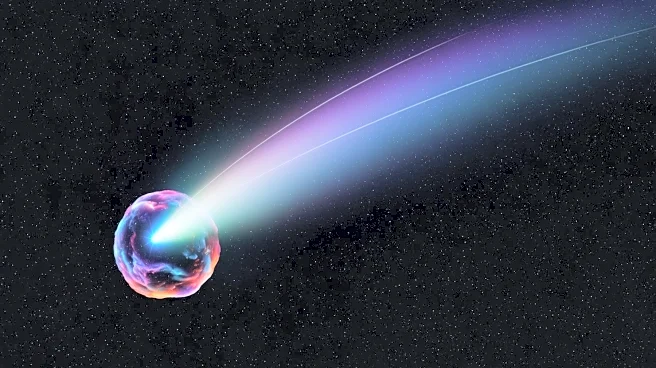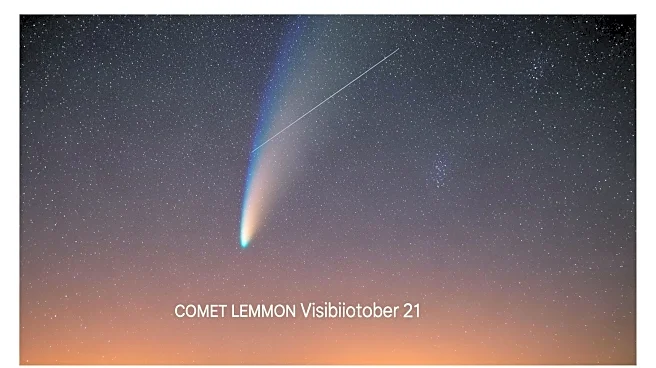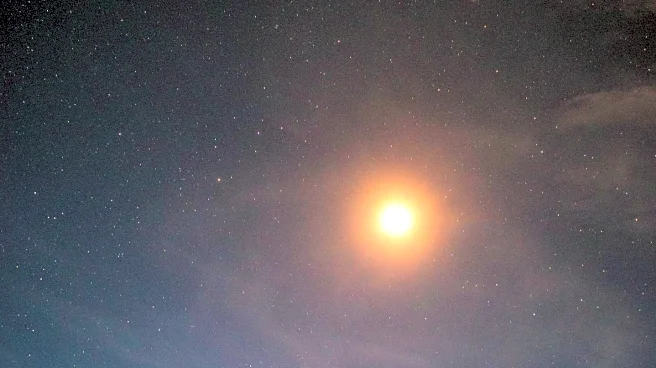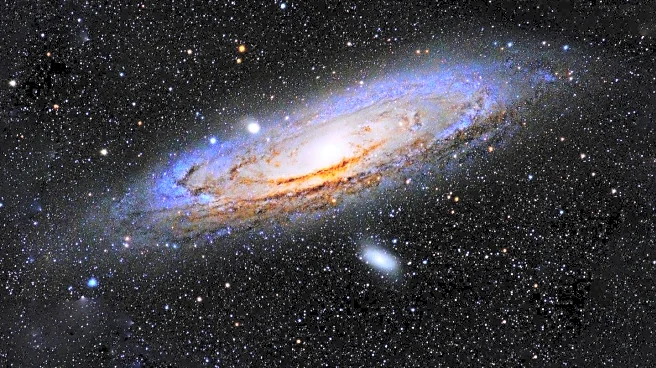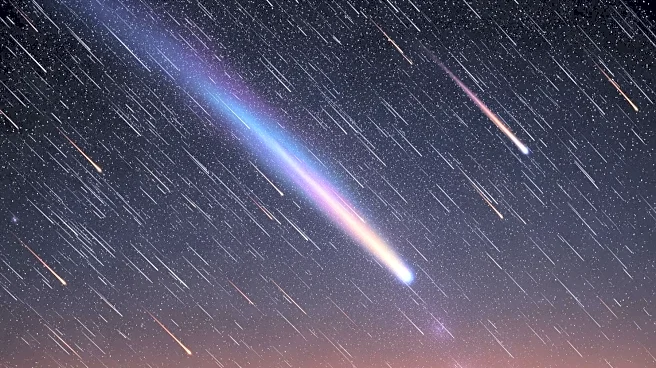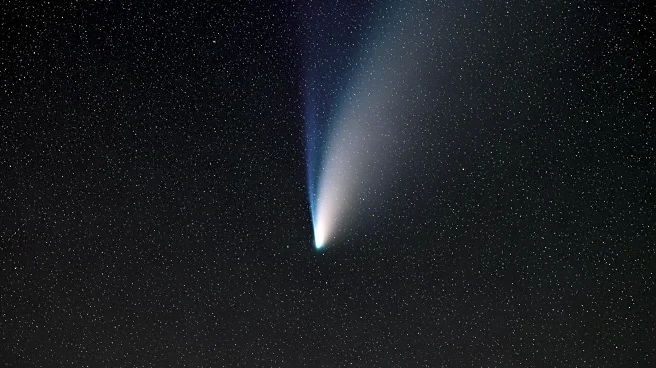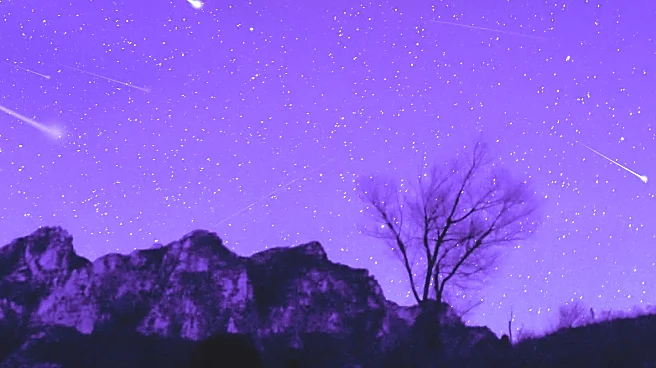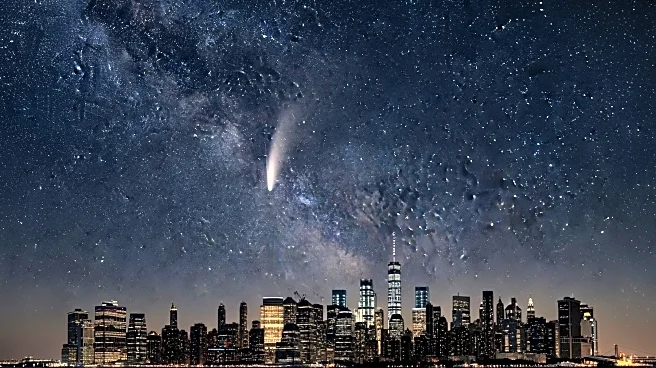What's Happening?
On the morning of October 19, skywatchers will have the opportunity to witness a celestial event featuring the moon and Venus. The two celestial bodies will appear close together in the dawn sky, providing a striking visual for those who look towards
the eastern horizon about 60 to 75 minutes before sunrise. The crescent moon, only 4 percent illuminated, will be positioned approximately 4 degrees to the left of Venus. Despite the vast distances separating them—247,000 miles for the moon and 147 million miles for Venus—their alignment creates an illusion of proximity. This event marks one of the last chances to view Venus against a dark sky until April of the following year, as it is gradually moving closer to the sun from Earth's perspective.
Why It's Important?
This celestial event is significant for both amateur and professional astronomers, as it provides a rare opportunity to observe two of the brightest objects in the night sky in close proximity. Such events can inspire interest in astronomy and encourage people to engage with the night sky. Historically, the movements of celestial bodies have fascinated humans, often being associated with mythological and astrological interpretations. While modern science dismisses any direct influence of these alignments on human affairs, the visual spectacle remains a source of wonder and a reminder of the vastness of the universe.
What's Next?
As Venus continues its journey behind the sun, it will become less visible in the coming months, disappearing from view by December. This makes the current conjunction with the moon a timely event for skywatchers. Those interested in observing celestial phenomena should take advantage of this opportunity, as similar alignments will not occur until next spring. The event may also prompt discussions and educational activities related to astronomy, potentially increasing public interest in space exploration and observation.
Beyond the Headlines
The conjunction of the moon and Venus highlights the enduring human fascination with the night sky and its celestial inhabitants. While ancient cultures often attributed divine significance to such events, today they serve as a reminder of our place in the cosmos and the ongoing quest to understand the universe. This event may also encourage individuals to consider the technological advancements that allow us to explore and appreciate these distant worlds, fostering a deeper appreciation for science and discovery.
